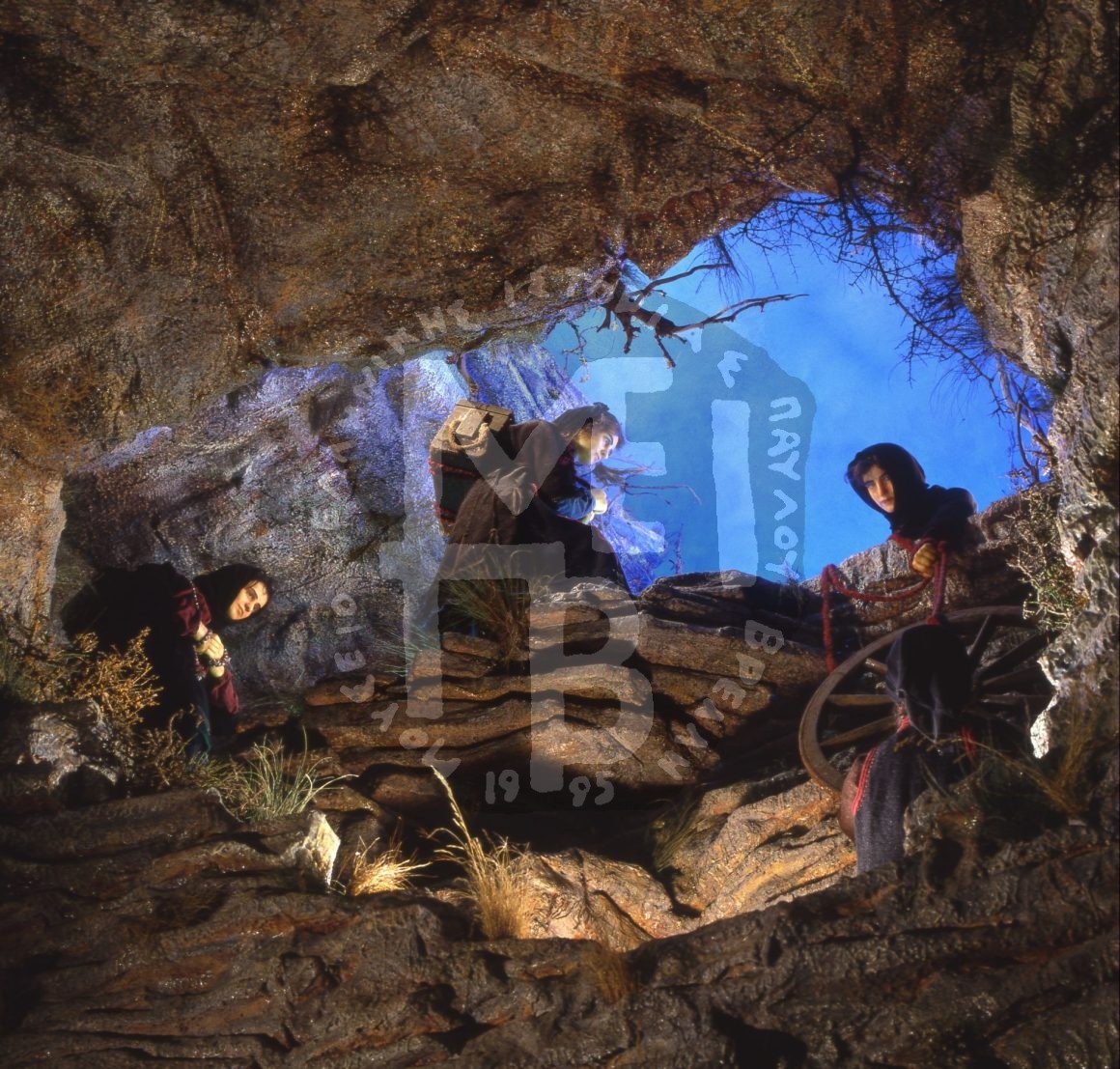“The contribution of the Greek women was of great importance in all the Nations struggles. Always and everywhere she plays a leading role in the significant historical events on land and at sea alike. Thus, there she is again in this hard war of 1940. Their touching contribution was spontaneous and unasked.
Those farm women of the rough mountains of Epirus, from Zgori, Pogoni, Fourka, Pentalofo, Eptalofo, Vourbiani, Agia Paraskevi and villages in West Macedonia with their worthiness and their brave and generous heart demonstrated the true essence of being Greek. They defied the cold, the rain, the wind, the snow and the ice but also the bombshells, the hostile bullets, the airplanes. They devoted themselves, in those hard times, to providing the soldiers not only with food and clothes but also with ammunition since neither transport nor mules could take them there.
Infinite columns of girls, young and old women would climb up at an altitude higher than 2,000 m and on their return they would carry wounded men. Our fighters quivered with emotion seeing them clambering up the most inaccessible places despite the continuous rain, snowstorms and harsh winds. The heroism, faith, boldness, courage and endurance of those women, who carried Greece on their shoulders, amazed the whole world. With admiration and respect we shall remember their feats.
With this composition I wanted to create a striking contrast between height and size; besides, the theme needs to and must function on its own both in terms of form and color. I developed it independently, the other compositions surrounding it. The first reference was immediately after Kalpaki. I managed to make this place unique, from the foundations of the building to the roof, 10 m high. I let the visitor discover more about this room as he walks up, by making a staircase first, a landing next and a paved area at the height of the ‘Mountain Artillery’ lastly.
With this layout, the visitor can feel as if he touches upon the rocks next to him and become part of this composition as well as those close to it. I worked with cement whatever could be touched upon. The rest of the rocks were made with sackcloth, glues, gypsum, neuro-metal and woods. With the help of the levels layout I tried to bring the visitor closer to this wild beauty. This composition is placed right behind ‘Ali-pasha’s slaughter’, next to ‘Kolokotronis and diagonally under ‘Rupel’ and ‘Crete’ we are about to see.
The dead branches, mostly from cedar and fir trees, were picked up at a high altitude. Most of them are from the Zagori area, the rest from other mountains in Epirus. I wanted to place the event chronologically –end of October, beginning of November. The colors I used are various just like in Nature. The most striking contrast is between the warm red colors –in various places it is more like rust-like color– and the shiny green of the rocks and the vegetation.
Because I wanted to show the participation of women from various areas in the same place, the figures of the women in action have different costumes. Their faces are from women known for their contribution as well as my own models.
To make the composition complete, I created sculpted rocks and a spring with various plants scattered here and there on the left side of the staircase. Adding motion and sound coming from the flowing water, I give the visitor visual, auditory, kinetic stimuli along with the tactile ones he is free to discover.”

